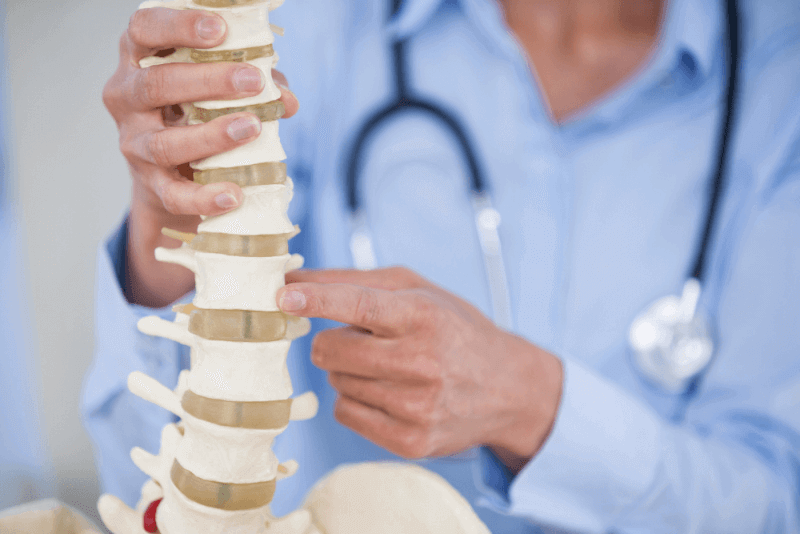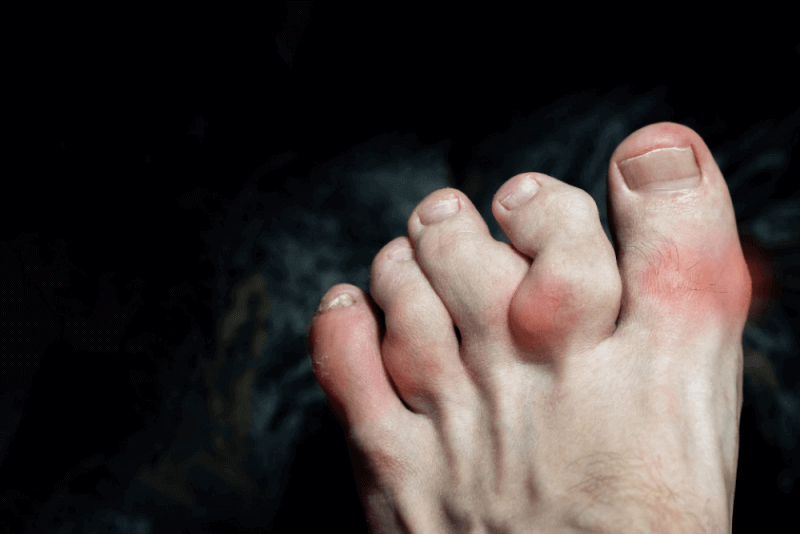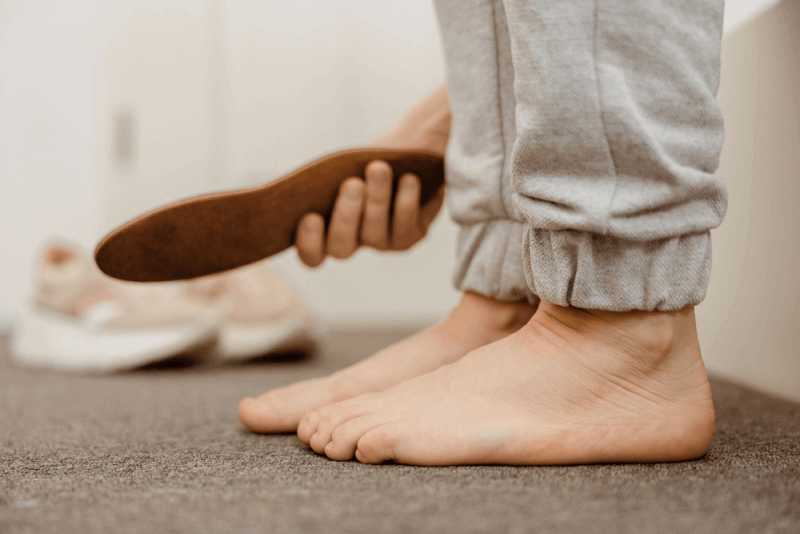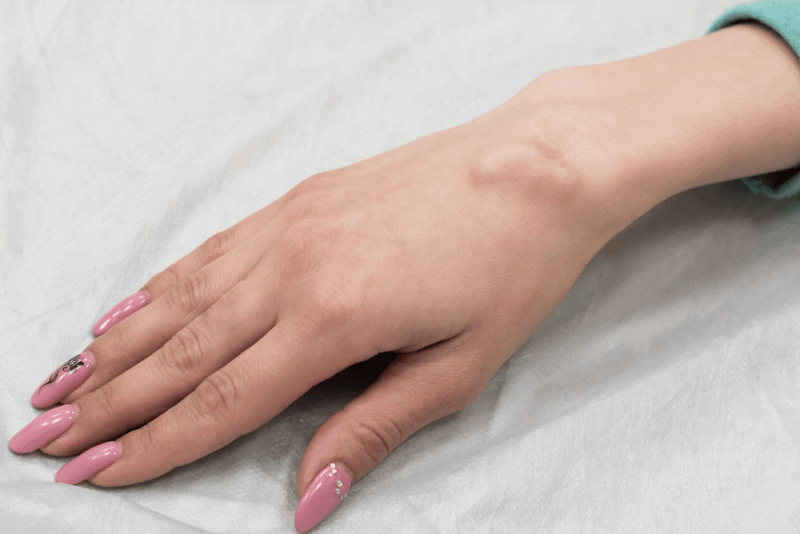What is Spondylodiscitis?
Also known as spinal infections, spondylodiscitis is the condition where infections develop in the discs located between the vertebrae, the membrane surrounding the spinal cord, or the spaces around the spinal cord.
Spondylodiscitis usually affects the lumbar region but is rarely seen in the thoracic and cervical spines. The infection can be caused by bacteria, fungi, or viruses. Microorganisms reach the spine through the bloodstream and cause the infection.
Causes of Spondylodiscitis
Spondylodiscitis is usually seen after surgery. Factors that may increase the risk of spondylodiscitis due to surgery include the following:
- Duration of surgery
- Being a revision surgery
- Use of instrumentation
- Multiple surgeries on the same area
Spondylodiscitis due to surgical procedures is generally seen on the 3rd day or 3rd month after surgery.
Another common cause of spinal infections is the spread of an infection from any part of the body to the spine. The most common infections that can lead to spinal infection include the following:
- Sudden onset flu infections
- Lung infections
- Measles
- Urinary tract infections
- Chickenpox
- Some bacterial infections
- Rabies
The risk of spondylodiscitis is higher in some individuals. This risk group includes:
- Weak immune system
- Circulation disorders
- Irregular use of antibiotics
- Genital area viruses
- Herpes
- Fungal infections
Symptoms of Spondylodiscitis
The symptoms that can be seen in the case of spondylodiscitis include the following:
- Severe back pain without a history of trauma
- Infection symptoms such as fever, headache, swelling, and tenderness at the operation site
- Numbness in arms and legs
- Loss of muscle and sensation in arms and legs
- Inability to control bowel and bladder in advanced cases
Diagnosis Criteria for Spondylodiscitis
To diagnose spondylodiscitis, the patient's symptoms are first taken, followed by a physical examination. If spondylodiscitis is suspected, certain tests are required. These tests include the following:
- Complete blood count
- Sedimentation rate
- CRP
- CT scan
- Scintigraphy
- MRI
Blood tests may show values outside the normal range after surgeries. However, the values should return to the normal range within a few weeks. If this does not happen or if infection symptoms are seen, further tests may be necessary. These advanced tests include the following:
- Blood culture
- Biopsy
- Serological blood tests
- PCR
- PPD
Treatment Methods for Spondylodiscitis
The planning of spondylodiscitis treatment considers the following criteria:
- Whether the disease can be treated with non-surgical methods
- Whether any nerve involvement is observed in patients
- Whether the patient's spine is stable
Drug Treatment
Spinal infections can be treated with various drugs depending on the pathogen causing the infection. For example, if caused by tuberculosis, antibiotic treatment can be prescribed, or antiviral drugs may be given if due to viral causes. The treatment and duration vary depending on the severity of the infection.
Surgical Treatment
Surgical procedures are considered in cases that do not respond to drug treatment. Because the resulting abscess can cause damage to the vertebrae and loss of spinal stability. Additionally, in cases of numbness or loss of sensation in the arms and legs, urgent intervention is required.
Various surgical methods are used in the surgical treatment of spondylodiscitis. The size and location of the abscess play a significant role in determining the method to be used. With the debridement method, the abscess is drained, and infected tissues are cleaned. If necessary, various implants are used to ensure the stability of the spine. In some cases, a drain is placed inside the wound for drainage after surgery, while in other cases, the wound is left open and periodically washed.









B** F** | 06 Apr 2025